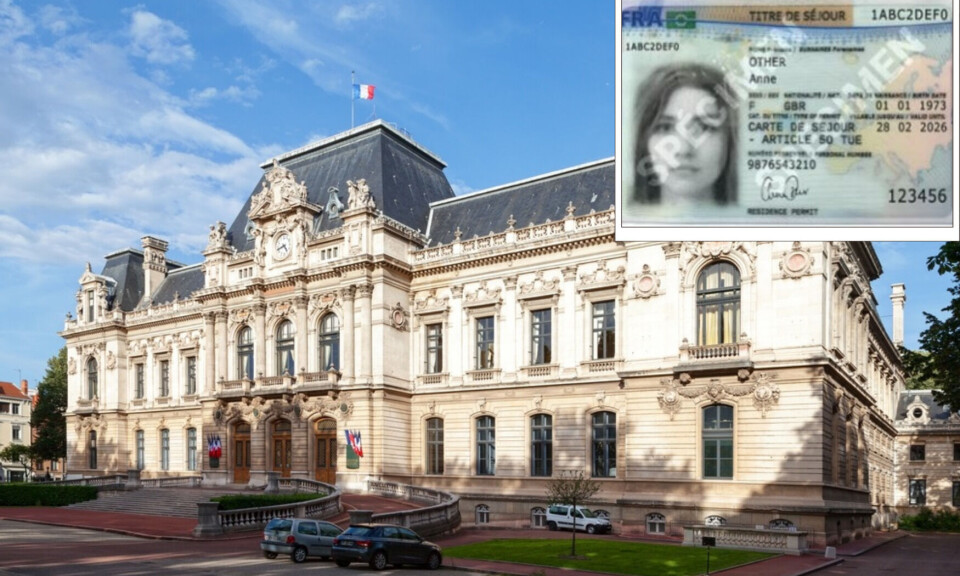Can British spouse of French passport holder use EU queue under EES rules?
Close family members can use EU passport queues under certain conditions
EES regulations are set to come into force this November
Frame Stock Footage / Shutterstock
Reader Question: I have French citizenship but my wife only has a Brexit Withdrawal Agreement residency card. If we fly to France (where we live) from the UK, will the new EES regulations allow us to go through EU passport control together?
As a reminder, people with residency cards and visas will not need to undergo the new border security checks as part of the EU’s incoming Entry/Exit System (EES).
These specific checks, which include having a facial image and fingerprints entered into a database along with passport information, will only relate to non-EU/EEA/Swiss short-term visitors.
In some cases, part of this process will be done at ‘pre-registration kiosks’ that, as both of you are residents of France, you should be able to bypass.
As for passport lanes, the Schengen Borders Code permits ‘persons enjoying the right of free movement under Union law’ to use those marked EU/EEA/Swiss.
Otherwise, non-EU/EEA/Swiss citizens should use ‘other passports’ lanes (or, where they exist, ‘no visa required’ lanes, if appropriate).
The Schengen Handbook for border guards defines ‘persons enjoying the right of free movement’ as EU/EEA/Swiss citizens and members of their family accompanying or joining them.
This appears clear enough, however, the Borders Code itself says that the phrase refers to EU/EEA/Swiss citizens as well as family members of such citizens who are exercising free movement rights.
Technically, a French person coming to France is not ‘exercising free movement’, but we believe that for practical purposes, border guards will also usually allow French people’s accompanying family members to use EU/EEA/Swiss passport lanes. We have queried this point with the European Commission and will update this answer if resolved.
In other circumstances, people of all non-EU/EEA/Swiss nationalities, including UK citizens, regardless of whether they have a visa or residency card (including Brexit Withdrawal Agreement cards), have no automatic right to use these lanes.
This will not change under the incoming EES rules, currently set to launch November 10.
Read more: New EU border controls: Will changes really start in November?
Longer queues expected
Queues for non-EU entrants are likely to be longer after the EES comes into force, as people entering for the first time will have to have fingerprint scans taken (and in some places the whole EES process will take place at the border guard’s booth).
Those who have previously travelled and been entered into the EES system, or do not need to (visa/residency card holders), will have to remain in these queues, unless told otherwise by staff on the day.
Note that France currently allows many non-EU nationals (Americans, Britons, Canadians, etc.) to use the automatic Parafe e-gates where these exist, and it is hoped that this will remain possible for non-EU citizens who are full-time residents, as well as for short-term visitors who have already been entered into EES on a previous entry/exit.
Read more: Which passport lane for travellers with French residency cards or visas under EES?





























